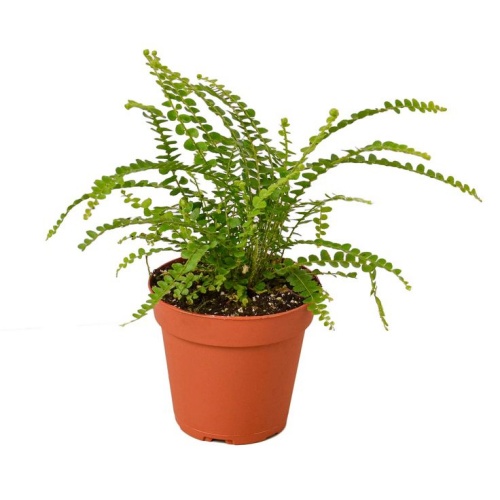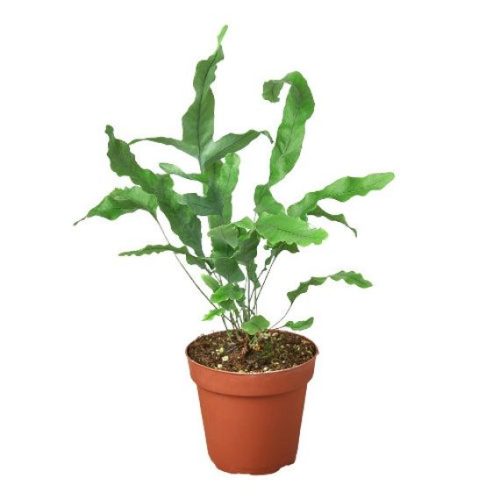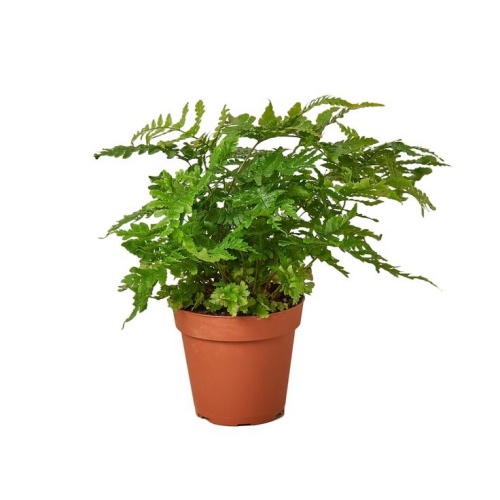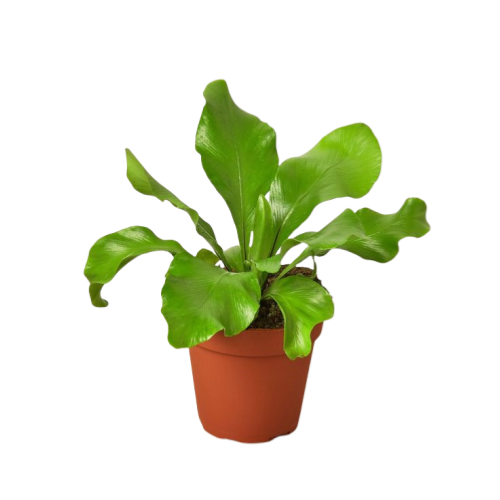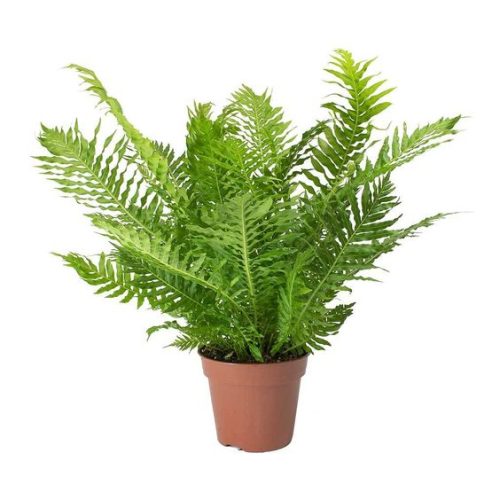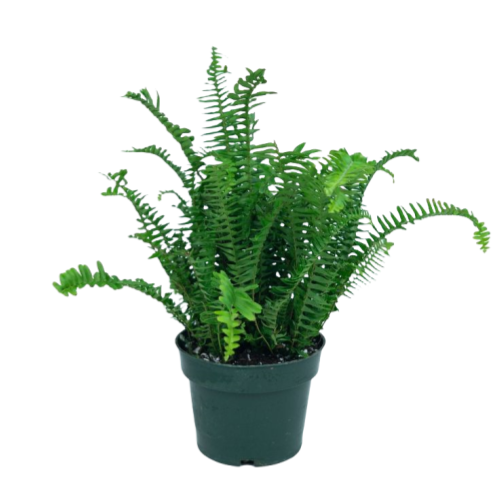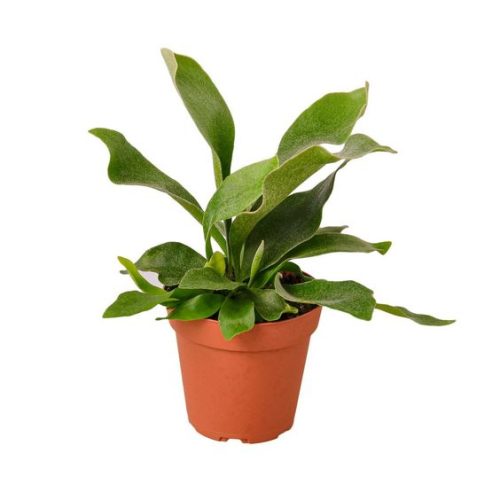Lemon Button Fern
Overview
Product Description
The Lemon Button Fern: A Resilient Beauty in Nature and Gardens
The Lemon Button Fern: Nature’s Tiny, Hardy, and Humble Fashion Statement
Lemon Button Fern (scientific name: Pellaea rotundifolia (Forst.) Hook.): A medium to small-sized, moisture or drought-tolerant plant with a relatively short stature and a tufted growth habit. This evergreen fern features over 30 pairs of round, deep green, leathery leaves on fronds that can reach up to 45 centimeters in length. The leaves are smooth and glossy, resembling a row of buttons in shape and size, giving it high ornamental value.
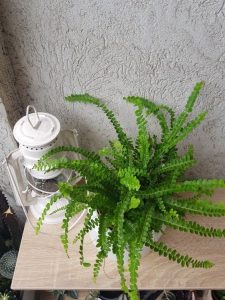
Lemon Button Fern
It grows in shrubberies and forests and is a popular choice for both garden and indoor settings. The Button Fern does not tolerate high temperatures or cold well, with an optimal temperature range of 20°C to 28°C. It requires acidic, well-drained soil and, like most ferns, thrives in a humid environment. Primarily found in subtropical regions worldwide, its native range includes New Zealand, Australia, and Norfolk Island. This plant has been honored with the Royal Horticultural Society’s Award of Garden Merit.
Pellaea rotundifolia: The Delicate Elegance of the Lemon Button Fern
Lemon Button Fern, commonly known as the Button Fern, is a small, semi-evergreen to evergreen fern and a perennial drought-tolerant plant. It reaches a height of about 15 centimeters with a short, upright rhizome densely covered in maroon-black scales. The fern’s petioles are chestnut-colored, glossy, and cylindrical, and the once-pinnately compound fronds grow in clusters, reaching 30-45 centimeters in height, with 20-40 pinnae that are opposite leaves, circular to broadly oblong in shape, measuring 0.6-1.2 centimeters in length. Over time, the petioles gradually turn a deep red. The leaves are smooth and glossy, resembling rows of buttons, with the apical pinnae being oval to hastate-ovate, each pinna having a short stalk, entire margin, and slightly toothed or spiny.
Lemon Button Fern’s Stealthy Spores: A Close-up on Their Slick Operation
The venation of the Button Fern is free, with the finest veins forked two or three times and not reaching the leaf margin, making them inconspicuous on the upper side. The leaves are of a coriaceous texture, smooth to the touch. The sporangia are small, located at the tips or upper sections of the veins, and when mature, they often expand laterally and coalesce into linear shapes. They lack paraphyses ( hairs), and the indusium is linear, formed by the folding back of the leaf margin just inside the tip of the vein. The area between the sporangia and the leaf margin contracts to form a narrow green edge, and the edges of the indusium often have small teeth or cilia. Spores are spherical and tetrahedric in shape, with a fine granular surface, and occasionally wrinkled.
Nature’s Cliffhanger: The Versatile Habitat of the Lemon Button Fern
This fern typically thrives in limestone cliffs, rock crevices, and moist open forest areas, but it can occasionally be found in drier woodland regions. It is primarily cultivated in decorative containers such as hanging baskets or tabletop displays. This plant is mainly distributed in subtropical regions, with its native origins in New Zealand, Australia, and Norfolk Island. After successful cultivation, it has become widely planted in gardens and pavilions around the world.





